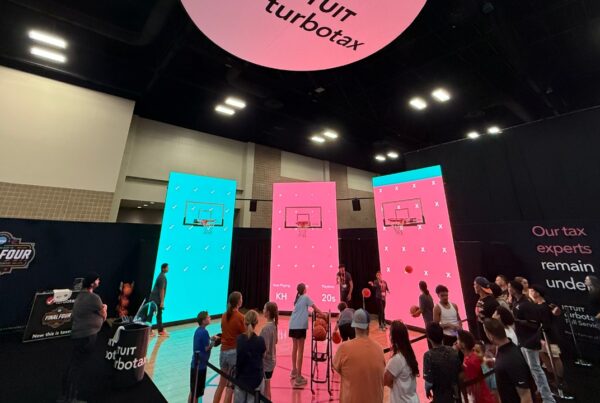The more event tech you incorporate into the events you’re involved with, the more data you have access to before, during, and after every event. The rise in virtual and hybrid events (and data-rich platforms that power them) has exploded access to data, giving savvy event planners and marketing access to exponentially more pieces of information than they would’ve had a decade ago.
But amid all this data, marketers and event planners have a problem: what exactly can they do with all this data, and how can they process it down into something actionable?
You’ve probably heard that data is the future, or some variation on that idea. And we agree, with one important caveat: data is only useful if you can make sense of it and make decisions based on it.
As the events industry continues the process of digital transformation, the data will be more and more available. The trick is making that data work for you. Here’s how to get started at unlocking the power of your event data.
Why Leveraging Event Data Matters
Leveraging event data properly can be the difference between pulling off a highly targeted, highly profitable event and putting on a half-attended event with low conversion rates and poor customer experience.
When you know what’s working and what people want, you’re in a place to offer it to them. When you’re guessing, you may or may not land the audience you want and need.
This is exactly what the right data (and the ability to draw conclusions out of that data) can do for you. It’s why making your event data work for you is highly strategic for any organization that puts on events.

4 Ways to Make Your Event Data Work for You
Leveraging event data matters, but how do you make this happen without hiring a cadre of data scientists?
We’ve pulled together four steps you can take to help make your event data work for you. Many thanks to Event MB for its work in this space, from which we were inspired by.
Know What You Want to Get from Your Data
Before you can make your event data work for you, you need to define what you want that data to do for you. There are a ton of metrics you can use to measure various actions, responses, and so forth. Coming up with a strong plan for what you want your event data to tell you is a crucial first step.
For example, you might have an objective at an event of increasing engagement. What does engagement mean to your organization? Who needs to be engaged? What does an engaged attendee look like compared to an unengaged one?
Answering questions like these can help you zero in on the measurable attributes that will show you what you want to learn and what raw data you need to collect.
Vendors or companies running sales-oriented events might be targeting sign-ups, conversions, or list generation. These are easier to measure than some more nebulous concepts like event engagement, of course. But no matter your event type, you still have to start by defining what you want to measure and what observations you want to be able to make before you can start data collection.
Know the Capabilities of Each Tool and Platform
Once you know what information or objectives you want to reach from your data, you need to consider what each data analytics tool and platform you’re using can do. No single platform will excel at capturing all data types, and you could end up with duplicate data measuring similar or identical metrics. For example, one tool may only have a short data retention period but be able to able to show real-time information, while another one excels at comparison visualizations after the event.
Take the time to analyze what data types each tool and platform are capable of pulling and analyzing, and make sure you have everything covered that you identified in the previous step.

Use Tools that Can Communicate With Each Other
You’ll also want to make sure that whatever tools you’re using to pull data from your events, they can communicate with each other without getting in each other’s way.
You may, for example, use one vendor for your customer relationship management (CRM) needs, one for your social media, and another for your content automation. Make sure that these tools can both integrate with your event management tools or dashboards — and vice versa. You don’t want to waste time collecting datasets that you are unable to use.
Choose the Right Event Tech Partner
Your choice in event tech partners makes a massive difference in how well you’ll be able to execute based on data-driven analysis. Some firms are still stuck in the 2000s, offering solutions based solely on how well they directly meet specific event tech needs.
Others, Bluewater included, take a holistic view and understand how to help clients gather the right data points and turn that data into actionable intelligence.
Let us show you how we’ve helped clients do this. Contact us today!












One Comment